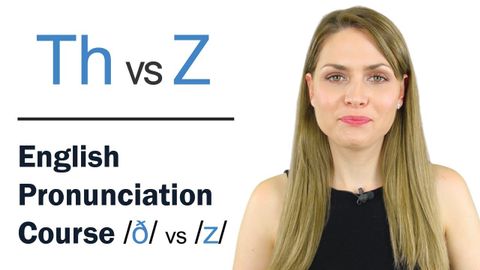ThとZの発音の仕方|英語の発音を学ぶ|Learn English Pronunciation Course (How to Pronounce Th ð and Z sounds | Learn English Pronunciation Course)
Summer が 2021 年 05 月 04 日 に投稿  この条件に一致する単語はありません
この条件に一致する単語はありませんUS /səbˈskraɪb/
・
UK /səb'skraɪb/
- v.t./i.(定期的なサービスに)申し込む : 予約をする : 予約金を払う
US /prəˌnʌnsiˈeʃən/
・
UK /prəˌnʌnsiˈeɪʃn/
- n. (c./u.)発音;正確な発音;発音の仕方;発音ガイド
US /ˈpræktɪs/
・
UK /'præktɪs/
- n.仕事;練習すること;慣習
- v.t./i.開業;従う;練習する;実践する
US /ɪmˈpruv/
・
UK /ɪm'pru:v/
エネルギーを使用
すべての単語を解除
発音・解説・フィルター機能を解除
